By Patti Roberts
As Hamilton lyrics ask: “Who remembers your name, who keeps your flame, who tells your story?” It’s always been the storytellers, whether it be historians, authors, or artists, who determine whose tales are told, how they’re told, and who gets to tell them.
However, over the years there’s been a call to expand storytelling, to encompass and embrace all the different ingredients that go into the human stew. These suggested recipes can include race, gender, culture, economic status, sexual identity, age and persons with disabilities.
How playwrights, directors and theater companies have responded to this call to be more inclusive – in both their play selection and in casting – is varied. But recent current events, including the Black Lives Matter movement, the Asian-hate response to COVID and growing anti-immigrant stances have propelled theaters to address diversity, particularly when it comes to race.
“Theater has long been remiss in this directive; too many members of our community do not see themselves in the plays we produce,” said Gail Dartez, Professor of Theater at Cosumnes River College. “But over the last few years, you can see that the choices local theatres have made for which plays to produce, who’s going to direct, and who to cast, are aimed to ensure diverse stories and voice are presented and heard.But it’s been slow, in fits and starts.”
Dartez teaches a course on Diversity in Theater. According to her, “the theatre community must rise to the occasion; acknowledge our own imbedded biases, whole heartedly evolve and transform with faith, and listen without getting defensive! The time is now. No matter the discomfort, change is overdue.”

SN&R reached out to the three Sacramento-based professional theaters – Capital Stage, Sacramento Theatre Company, and B Street Theater – to find out how they have responded to the call for more inclusion. And SN&R is also highlighting three local theaters of color – Celebration Arts, Community Asian Theatre of the Sierra and Teatro Espejo – to find out how they see themselves, as well astheir responsibilities to their communities. Our exploration also includes a new local networking and support group for Black, Indigenous, and People of Color artists, known as Artists of Color.
“It’s critical for people to see their stories told onstage and to be able to share in the stories of other cultures,” said Michael W. Stevenson, Artistic Director at Capital Stage. “Diversity brings new points of view and unique voices to the stage and helps tear down cultural stereotypes and build bridges between communities.”
According to Stevenson, following George Floyds death and the emergence of Black Lives Matter, Capital Stage “had to do some serious reflection. We have made diversity a priority throughout the company.”
Stevenson cited recent Capital Stage productions he feels represents the broader scope of the larger community: Hold These Truths (about WWII Japanese-American internments), The Great Leap (their current production of an American college basketball team who travels to Beijing for a “friendship” game in the post-Cultural Revolution 1980s) and Clybourne Park (about a Chicago neighborhood’s integration and gentrification).
“My hope is that Capital Stage becomes a multicultural theater hub for the Sacramento region,” Stevenson said.
Sacramento Theatre Company has also gone through reflection and change, according to Executive Director Michael Laun.
“The call for more representation in all sectors was an opportunity for us, as a company, to ensure that we’re operating from our core values by creating environments where everyone feels safe, respected and welcomed,” Laun said.
The director points out that the STC staff “is incredibly diverse,” adding it will continue to pursue grants and funding to bring in audience groups that might not otherwise have the opportunity to see live theatre performances.
The group is also looking at the next generation, according to Young Professionals Conservatory Program Manager and Associate Artist Miranda D. Lawson.
“Growing up, performing in musical theatre from a young age, I never saw myself represented on stage,” Lawson observed. “While we are responsible for educating the youth, it is pretty seamless because the kids are so aware of the importance of representation and embracing diversity.”
Similarly, B Street Theatre is committed to showing more diversity, according to Buck Busfield, its founder and producing artistic director. “Working towards diversity is an ongoing process in which we’re engaged,” Busfield said. “Progress has been made, and practices and procedures have been put in place to ensure further strides towards the goal of reflecting our beautiful community.”
Q&A with Celebration Arts
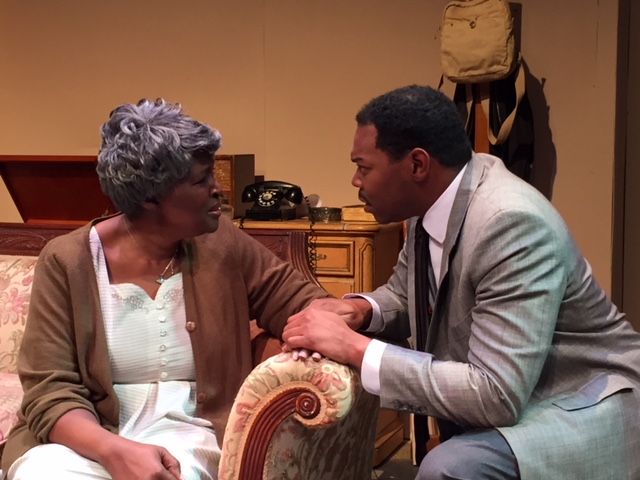
Celebration Arts describes its mission as “performing arts training and opportunities to underserved communities, particularly African American residents in the Sacramento Metropolitan area.” Since 1986, Celebration has conducted drama, dance, music productions and classes, all while, in its words, “allowing aspiring black artists and communities to experience the performing arts where they are the central subjects.” The following insights were provided by Celebration Arts Executive Director James Wheatley
How do you define your theater?
First of all, Celebration Arts is not just a theater. Our purpose is to provide training and performance opportunities in theater, dance and music. What’s seen on stage is an extension of that training.
What is unique about Celebration Arts?
Determination. Against the odds, we’ve survived and served the community continuously for over 35 years.
What is your definition of diversity in the theater community?
My definition of diversity is consideration, thoughtfulness and openness in casting and filling support positions. There are far more published scripts written for white casts than for minority casts. And there are far fewer minority theater groups in the region than majority theater groups.
Some scripts state the racial make-up of the cast, and you can’t change that without permission from the licensing organization. Other scripts may not state the race of characters, but the story does. In other cases, it may well be possible to cast actors of color. The primary thing is to be open and aggressive in finding that person.
We get calls from other theaters looking for black actors, and we contact other theaters for white actors. This region is home to many cultures and ethnicities but what we don’t see are theater groups representing them.
How has diversity in theater changed over the years?
In some years a few more opportunities for casting have come about, but not enough. Now, due to the pandemic, possibilities are very small, as the theater world has not fully opened. The cry for diversity hasn’t changed. Minorities still want opportunity to show their talent, to get into places where they can exhibit talent for writing, directing, performing.
Though theaters have mostly been dark for the last two years, this is a period when there seems to be an outcry for more diversity?
The call for diversity in theater, and in life, is not new. It has been sought for many, many years in this country. In the last two-plus years, discrimination, segregation, mistreatment, denials and killings have gotten a lot more visibility and coverage because the everyday person has a camera to record the craziness of this world – and has access to social media to distribute the recording. The media companies pick up information and run with it. All this has inspired people to speak up, often and louder.
How has your theater responded?
We haven’t changed. All our plays tell of the Black experience. The Black experience is touched by people of different colors.
Do you think local theaters have done a good job over the years?
I can’t speak authoritatively as to what the majority of other theaters have done, or are doing, regarding diversity. Some community theaters have cast minority actors, done plays written to include minorities, done some colorblind casting, had minority directors; and so have professional theaters. Is it enough? Apparently not. There are still complaints that there are few opportunities for minorities.
The other issue is what the theater audiences are willing to accept and support. They have to be educated and open, also. But that is hard and support for minority art is very small.
Your hope for the future?
Stay alive. Keep on keeping on.
Q&A WITH Community Asian Theatre of the Sierra
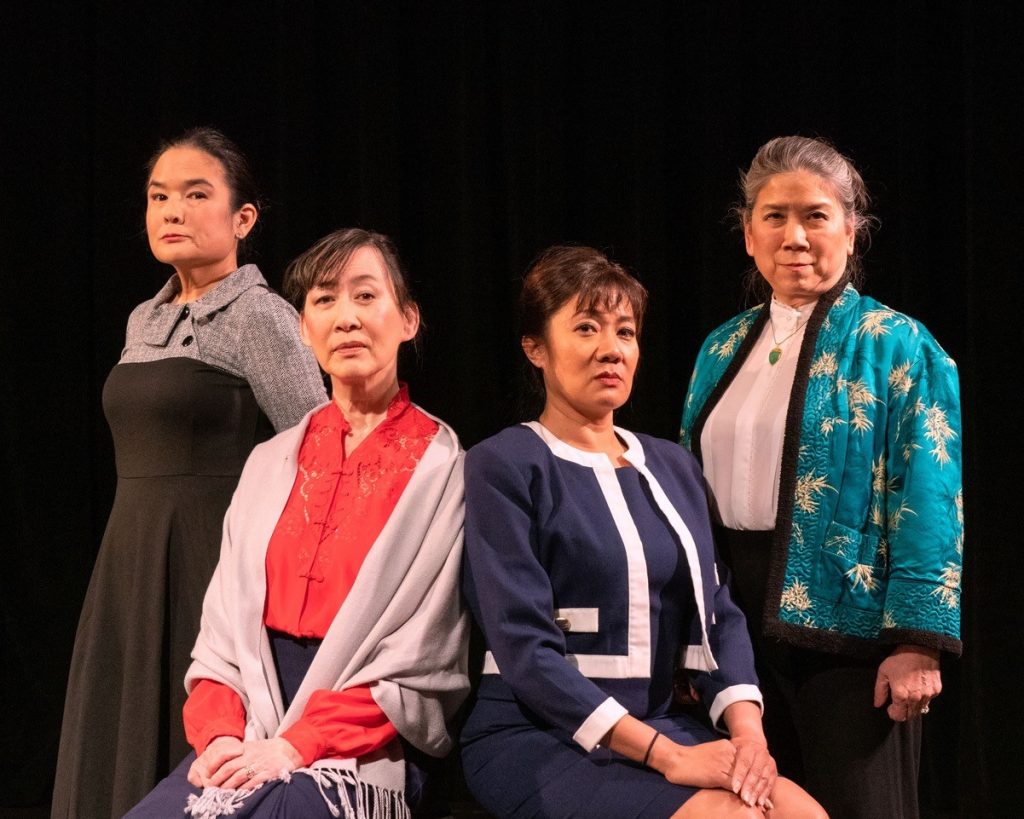
Community Asian Theatre of the Sierra, up in Grass Valley, was established in 1994. According to Executive Director Jeannie Wood, it was organized “to produce and promote quality theatrical presentations and other works of art and literature that deal with Asian and Asian-related themes for the purpose of educating the general public regarding the aforementioned works.”
In addition to theater productions, the organization, also known as CATS, offers cultural enrichment programs, including workshops, Mandarin lessons, Asian cuisine classes, an annual Chinese New Year Festival and screenings of Asian films. They are the only local Asian theater in the Sacramento region. The following insights were provided by Wood.
How do you define your theater?
Our themes are rooted in Asian and Asian American stories and history. We serve Nevada County, the Sierra Foothills, and the greater Sacramento region and boast a following from the San Francisco Bay Area. Our mission is to entertain and to educate. CATS strives to enhance the area’s cultural landscape, especially Nevada County, one of the least ethnically diverse counties in California.
What is your definition of diversity in the theater community?
It has been CATS’ aim to cast as authentically as possible. Because rural Nevada County has a very small population of Asians, it has had to reach into the Sacramento region, the Bay Area, and even southern California, to occasionally fill that unique role.
CATS takes pride in creating opportunities for local Asians to be on stage, and to assist in other capacities. It’s not unusual for a CATS production to feature a mixed cast of varying acting abilities. This unique recipe to “blend” its talents have served us well, with seasoned and novice actors, mentors and mentees, to truly create the essence of a “community” production.
Why is diversity & representation in theater important?
Theatre is a powerful medium of communication – what do we want to tell the world, what’s our message, why do we want to tell it and how do we want to be seen? Theatre is an effective tool by which CATS uses to enrich the cultural climate of the areas we serve.
How have things changed over the years?
CATS began in 1994 as a “fun thing to do” among friends. Our patrons kept asking for more, year after year. Now, almost 28 years later, they’re still eager for more! So, clearly, CATS has continued to fill a void, a need generally not met by other performing arts groups.
Our unique theatre and programs have touched the hearts and minds of many. Since the pandemic and the rise in Asian hate crimes, it is more important now than ever before, that CATS continues to educate the masses through our work.
Through knowledge and understanding, CATS can play a pivotal role in addressing racism and hate and to shed some “light” on ignorance, which has been at the heart of the Asian hate crimes.
Q&A with Teatro Espejo
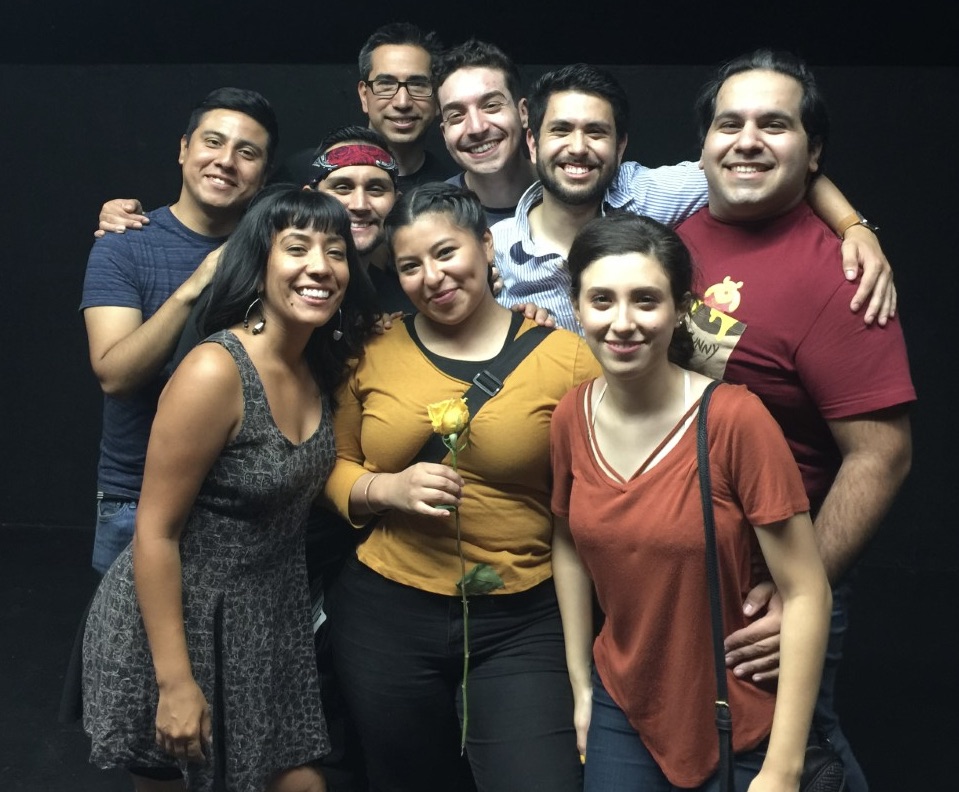
In 1980, Teatro Espejo was part of Sacramento State University’s theater department where its members produced more than 30 Teatro shows on campus. In 2012, Teatro Espejo became a community theater that “produces meaningful works, while offering artistic support and opportunities to Latino theater artists: actors, designers, directors, technicians, and newcomers who want to learn the art theater.” The following insights were provided by Teatro Espejo Associate Artistic Director Nicole Limón.
How do you define your theater?
Teatro Espejo’s work reflects the diversity within the Latinx community. For more than 40 years we’ve shared culturally relevant stories that address socio-political issues important to our community. We also take great pride in creating much needed opportunities for local theater artists.
What is your definition of diversity in the theater community?
Diversity goes beyond script and casting. It’s about context, cultural competency, and representation of our multifaceted communities. True diversity starts with vision, seeing the possibilities. There is diversity of language, body, culture, ethnicity, ability, gender identity, and so forth.
When the most marginalized of our communities are represented and feel reflected, then we are doing our job at its peak. Also, it’s not just about what’s seen on stage, but who is heard and valued behind the scenes.
Why is diversity & representation in theater important?
We all deserve to have our stories told, to be seen as the hero, to be seen as desirable, as the main character, complex and in our full humanity. Representation is important because it challenges the reductive tropes that are often seen on stage and screen, and in doing so it humanizes us, affirms us, empowers us.
How has it changed over the years?
I think the doors have opened for more opportunity to tell diverse stories, but we must ensure that we are not just meeting the demands of the moment, rather we are committed to creating a long-term, sustainable vision and plan for embracing diverse stories, and honoring diverse sensibilities and contexts.
Diversity is not simply a colorful cast, true diversity is bringing differing ideas of how the world works to the table, it is making space for different cultural sensibilities and shifting the paradigm of what is considered the default.
How has your theater responded to the lockdowns?
Teatro Espejo went dark in March 2020 after one live preview performance of “Frida.” Shifting from a live artform to virtual took some time, but we came back strong in 2021 with a season of four virtual productions.
In fall 2021 we produced ‘Fade” by Tanya Saracho, which addresses issues of race and class within the Latinx community. The play also explores cultural expectations of things like language and gender roles and how that affects people. There is no “one” Latinx story or experience, and this play does a great job of showcasing diverse experiences within the Latinx community, using just two characters.
Do you think local theaters have done a good job over the years?
Recently, B Street and In The Margin produced the New American Theatre Festival which showcased some profound and necessary new works written and performed by BIPOC and LGBTQ+ artists. It was great seeing their work supported by one of our city’s larger theaters. I also have to say that Celebration Arts produces consistently important works. And I also appreciate the diversity of playwrights and stories being produced at Capital Stage, I’m looking forward to their current season.
Your hope for the future.
My hope is to see local theaters working together, collaborating, and continuously reevaluating what progress means and looks like, what diversity in casting means and can look like, uplifting local talent, and challenging the idea of diversity. This is a community effort, a community conversation, and working together is how we get there and how we keep moving forward.
Q&A with Artists of Color
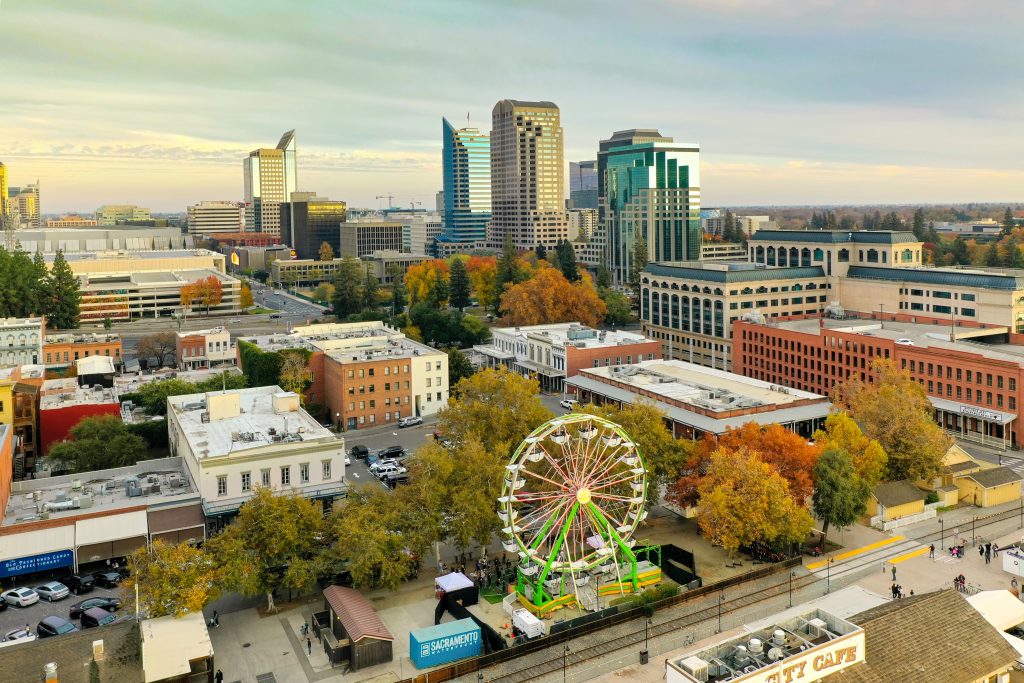
A new local networking and support group for Black, Indigenous, and People of Color, or BIPOC, artists, known as Artists of Color, has been formed to assist “creatives working in partnership with art organizations to ensure the equitable treatment, representation and inclusion of BICOP people in all areas of creative practice, and as decision makers in key leadership position in the arts industry,” according to its mission statement.
Its president, Richard Falcon, stresses “there has never been an artist of color who’s been the head of a professional theater in Sacramento, therefore there hasn’t been the cultivation of a diverse audience in our region.”
The group has connected with Sacramento’s three main professional theaters to assist in broadening representation of BIPOC artists, Falcon added, saying he hopes that theaters continue to reflect and embrace the diversity of Sacramento.
“We’ve offered our individual and collective experience to the theaters as they navigate their own journeys of growth related to fairness and inclusion,” Falcon noted. “The artists we are reflect the city of Sacramento and the richness of diversity that’s present here.”
“Theaters don’t need to become diverse – they need to stop resisting inclusion,” he went on. “The hope we have is the same hope everyone has: Opportunity. The opportunity to tell our stories in our voices without the filter of gatekeeper.”

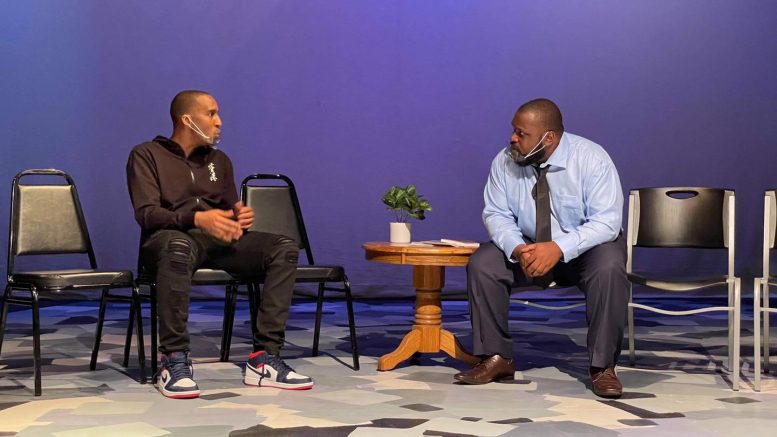




Be the first to comment on "There’s a call for more diversity in Sacramento theater and local stages are responding"